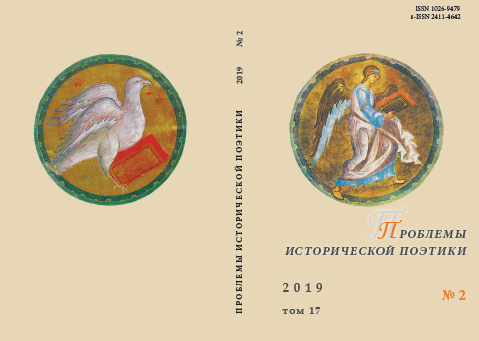Семиотика аллеи, «где кружат листы»: Тургенев, Гумилев, Бунин
The Semiotics of the Alley, “Where the Leaves Dance”: Turgenev, Gumilev, Bunin
Author(s): Olga BogdanovaSubject(s): Semiotics / Semiology, Semantics, Comparative Study of Literature, Russian Literature, 19th Century, Pre-WW I & WW I (1900 -1919), Theory of Literature
Published by: Петрозаводский государственный университет
Keywords: alley; garden; park; locus; “estate topos”; estate culture; Russian literature of the 19th — 20th centuries;
Summary/Abstract: The article shows the semantic and semiotic dynamics in Russian literature of the 19th–20th centuries of the locus of alley as an element of an “estate topos” associated with love between a man and a woman. If the summer “dark alleys” were a place of romantic dates and clarifications in the Pushkin- Turgenev tradition, dating back to the European discourse of the 18th century, the autumn alleys, having something in common with famous Zhukovsky’s and Lermontov’s elegies, constitute a part of the Silver age literature as the idealization of the “Onegino-Larin” estate in the context of its irreparable loss (N. S. Gumilev, etc.). In the post-revolutionary works by I. A. Bunin the estate culture is seen as the apogee of Russian history, which has maintained, despite the loss of empirical existence, the status of an unfading timeless standard.
Journal: Проблемы исторической поэтики
- Issue Year: 17/2019
- Issue No: 2
- Page Range: 233-254
- Page Count: 22
- Language: Russian

